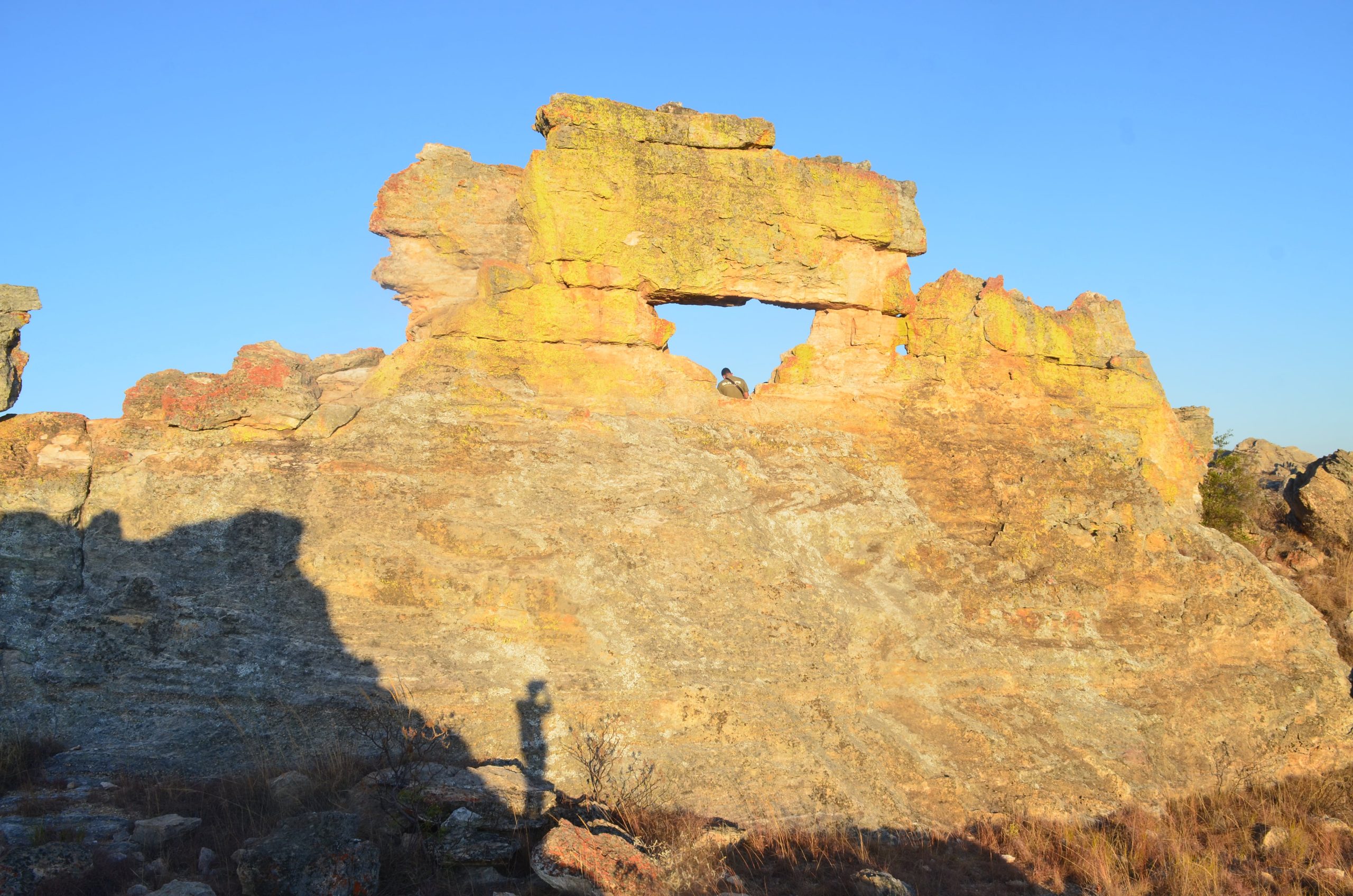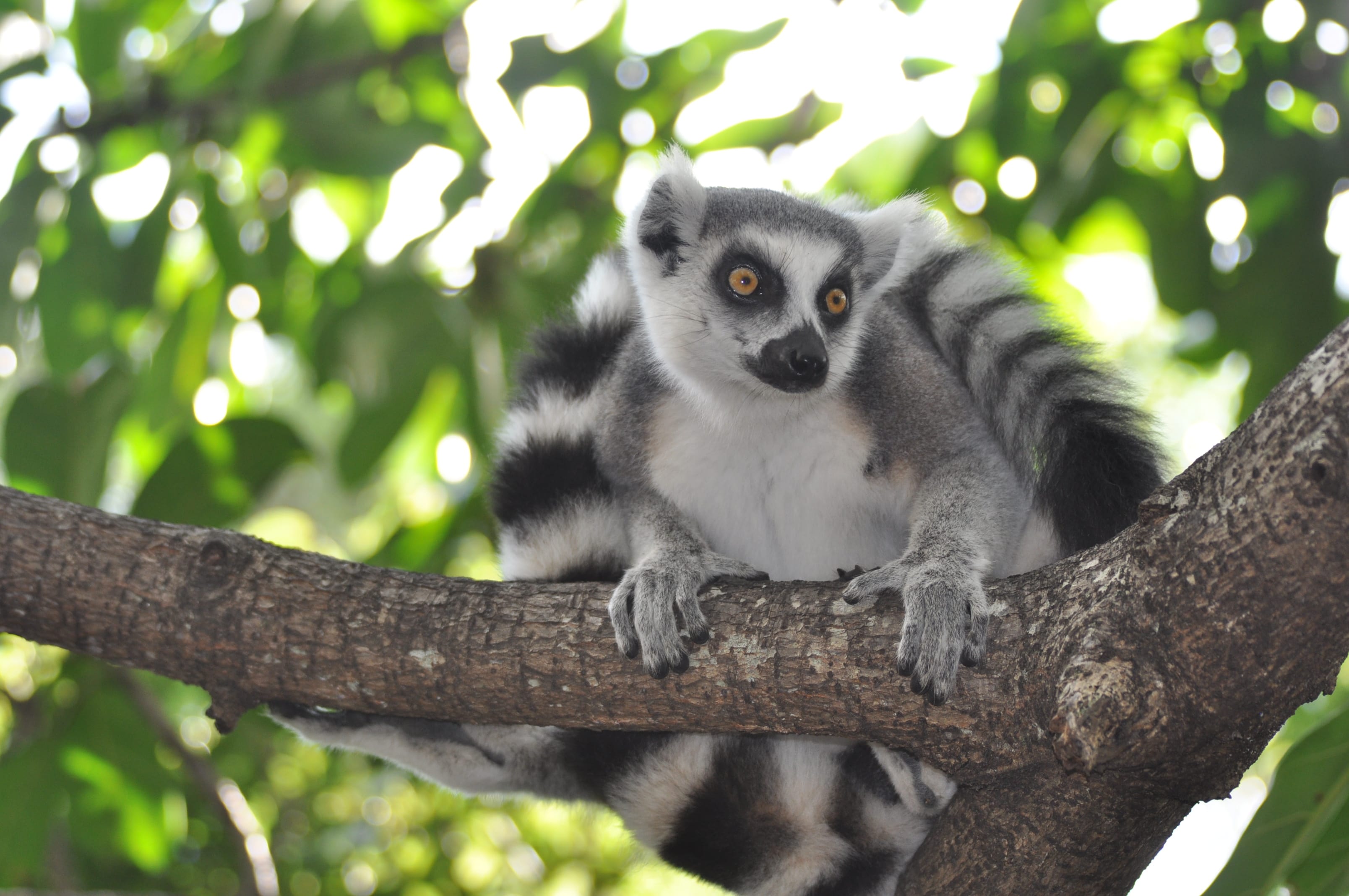
Isalo
On the plan
VISIT US
Depending on your means of transport :
- Ground Transportation
- If you're leaving from Antananarivo, take Route National N°7 (towards Toliary) to Ranohira, the gateway to the Isalo. A 701 km paved road.
- If you drive from Toliara to Ranohira, it's 250 km and takes around 5 hours.
- Maritime transport
None
- Air transport
There are regular flights between Antananarivo and Toliary.
From Toliary, it's a 5-hour drive (250 km) to
Ideal period
Tourist products are geared towards the region's picturesque landscapes and naturalist attractions (nature observation, fauna, flora); swimming in the natural pools, watching the sun set at the Isalo window, the various canyons, and observing the different morphologies of the rocks (wolf, boot) make the Park's permanent reputation. The 04 types of circuits: pedestrian, carriageable, equestrian, via ferrata associated with infrastructures for Bivouac and camping characterize the Parc Nationa Isalo.
Local guides, working in partnership with the Park, provide guidance and interpretation on the various themes covered by the circuits.
The park is open all year round. Please bring your validated entrance ticket to the park reception office, and be accompanied by a local guide.
Reception infrastructures
- Camping Zahavola: On the RN7, between the interpretation center and the rock lodge hotel. A 2,229 m2 plot with a beautiful view of the rocks and sclerophyll forest.
3 tables with benches under a natural dry-stone shelter.
5 tent areas, kitchenette, sanitary block, conference area.
Free rental for open-air conferences or meetings, open-air engagements or weddings, open-air promotional outings, study trips, excursions and picnics. - Camping Namaza: located at the entrance to the Namaza gorges, 700m from the parking lot.
12 tables with stone benches and shelters.
33 tenting areas, kitchenette, sanitary block. - Camping Piscine naturelle: A campsite with 40 pitches allowing 80 campers to sleep in the massif. It has running water, toilets and showers. The camp also provides firewood and fireplaces for cooking, as well as sheltered tables. The trail is designed to be accessible to all, with walking aids for difficult or slippery areas.
- Camping Korobe :
- Camping Betaindambo :
- Camping Via ferratta :
- The reception office is located in the town of Ranohira, 3 km east of the park. Park hostesses will help you organize your stay.
- Interpretation Center: Isalo has its own interpretation center, “La Maison de l'Isalo”, located in Zahavola, 9 km from the village of Ranohira, on Route Nationale N°7 to Toliary.
- Camping Zahavola: On the RN7, between the interpretation center and the rock lodge hotel. A 2,229 m2 plot with a beautiful view of the rocks and sclerophyll forest.
Fees and rates
Download the reference document to find out more about park fees and charges.
Advisory equipment
Take the clothes and essentials for a good walk in the middle of a desert landscape:
- Good hiking boots,
- Shorts,
- Tee shirt,
- Sun cream,
- Hat,
- Sunglasses,
- Water!




